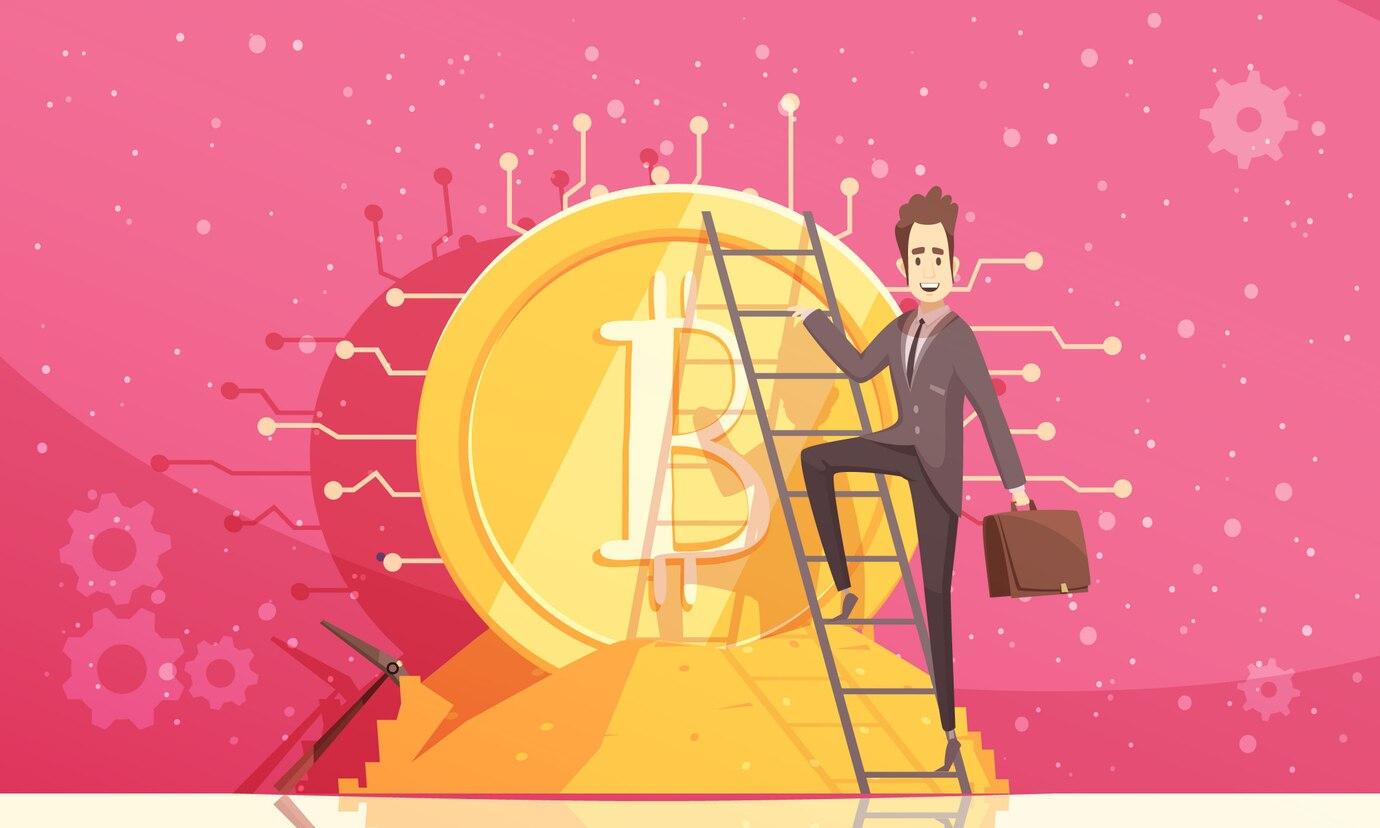In recent years, the cryptocurrency market has become an arena for various financial instruments and investment opportunities. However, this same market has also attracted a multitude of fraudsters who use the popularity of digital assets to deceive investors. One of the most common fraud schemes is the Ponzi scheme. In this article, we will take a detailed look at what a Ponzi scheme is in the context of cryptocurrencies, how it operates, and provide recommendations on how to distinguish real projects from scams to avoid deceiving investors.
What is a Ponzi Scheme?
A Ponzi scheme is a type of investment scheme based on using funds from new investors to pay profits to previous contributors. The scheme is named after Charles Ponzi, who successfully deceived people in the early 20th century by promising high returns in a short period.
The essence of the scheme's operation is that the organizer receives money from new participants and then uses these funds to pay profits to old clients. There are no real investments or business models, which makes the scheme unsustainable.
The cryptocurrency market provides a favorable environment for such schemes for several reasons. Firstly, the lack of regulation allows fraudsters to easily create unscrupulous projects. Secondly, the rapid development of technologies and the constant emergence of new cryptocurrencies attract inexperienced investors looking for quick profits.

How do Ponzi Schemes Work in Cryptocurrency?
Ponzi schemes in cryptocurrency operate similarly to traditional schemes. They offer participants high returns and lure them with unique opportunities. Fraudsters use various methods to attract investors. They usually call their projects "revolutionary" or "innovative." Participants are impressed by the high rate of return, which makes them perceive the investments as safe.
As a rule, Ponzi schemes in cryptocurrency offer easily accessible platforms for investing, promising participants high returns in the shortest time. They may promise up to 200% profit in just a few months, which, of course, raises suspicions among experienced investors.
Most such projects use aggressive marketing, including active promotion on social networks and forums. They may also create fake reviews emphasizing their success and even use professional videos and graphics to enhance their reputation.
It's important to note that some schemes may initially pay some participants to create an appearance of success and attract even more investors. These payments occur at the expense of new deposits. However, once the number of new participants begins to decline, the scheme collapses, leaving most investors without their funds.

Signs of Fraudulent Projects
To avoid falling into the trap of fraudsters, it's important to know the signs by which you can determine that a project may be a Ponzi scheme.
The first sign — is the promise of high returns. If a project promises returns that significantly exceed average market rates, it should raise suspicion. Cryptocurrency investments are associated with risks, and high returns cannot be guaranteed without corresponding justification.
The second sign — is a lack of transparency. Honest cryptocurrency projects usually disclose their business model, team reputation, and technical details. If a project does not provide sufficient information about itself and its activities, this is a potential sign of fraud.
The third sign — is a lack of regulation. If a project is not registered with the relevant authorities or is not subject to any regulation, this may be a cause for concern. Most legitimate projects strive for transparency and compliance with laws.
Additionally, many fraudulent schemes use "urgency" tactics to make investors make decisions quickly. They may implement marketing campaigns with limited offers, often tricking people into investing without studying the project's details.

How to Distinguish Real Projects from Scams?
For successful cryptocurrency investing, it is recommended to follow a few simple but effective steps.
Firstly, conduct an analysis of your investment. Take the time to study the project and the team behind it. Research their location, experience, and reputation. It's also a good idea to familiarize yourself with previous projects they have been involved in.
Secondly, read reviews. Study information on independent platforms such as forums and social media groups. Don't limit yourself to positive reviews; critical comments are also important. If you see a lot of negative information, consider whether it's worth investing.
Thirdly, analyze the project's white paper. Every serious project should have a white paper describing its technology, goals, and business model. Careful study of the white paper will help you understand how realistic and viable the project is.
Furthermore, be cautious with offers of "guaranteed profit." Remember that all investments carry risk, and no one can give a 100% guarantee of profit. Practice diversification of your investments, not putting all funds into one project.

Also, pay attention to the platform where the project is presented. Reliable exchanges ensure the security and legality of the offered assets. If the project is presented on an unfamiliar platform, it may be a red flag.
Finally, use the community. By connecting with other investors, you can gain valuable information and advice. Communities on Telegram, Discord, and specialized forums can share their experiences and warn against potential fraud.
The cryptocurrency market offers many opportunities for investors but also hides many risks. Ponzi schemes are one of the most common fraud schemes, breaking the trust between market participants. To protect your investments, it is important to be able to distinguish legitimate projects from scams.
Thorough research, critical thinking, and using collective experience will help you avoid traps. Remember that in the world of cryptocurrencies, it is always necessary to remain cautious and analyze every investment opportunity. Comprehensive awareness is the key to success in this ever-evolving and sometimes dangerous financial space.
